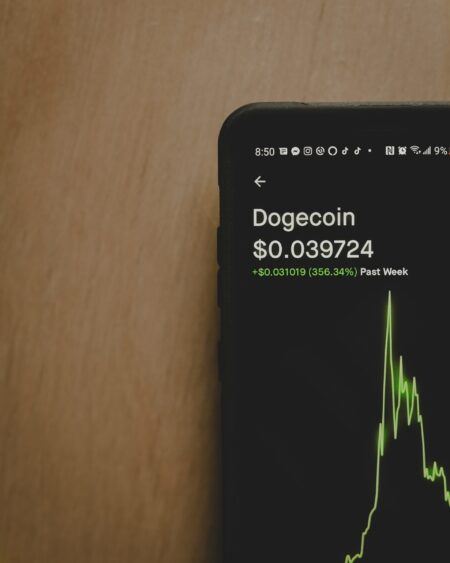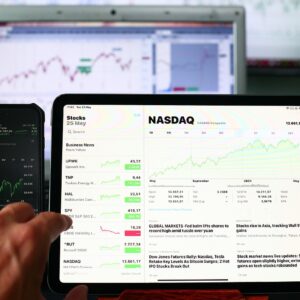September, a month historically marked by market weakness, has been living up to its reputation so far this year, with equities losing over $1 trillion in total market capitalization in a single session earlier. One trader, however, likely made over $10 million betting on volatility rising.
That’s according to a post shared on the microblogging platform X (formerly known as Twitter) by Unusual Whales, which shared that a mysterious investor who placed a bet on the CBOE Volatility Index (VIX) “likely made over $10 million” with that sell-off.
While the exact details of the trade remain somewhat shrouded, the news outlet noted that the 350,000 contracts of VIX 22/30 call spreads expiring on September 18 that the buyer acquired for $0.25 went up 211% and 160% respectively, leading to the massive gain.
The trader’s gain came after the VIX saw an over 50% surge in the beginning of September amid the stock market sell-off, which came as as large-cap tech stocks plunged with Nvidia (NVDA), a company that’s been rallying off of AI growth bets, losing over $360 billion in market capitalization including its after-hours move.
On top of Nvidia’s slowing growth, two manufacturing activity indicators have shown continued sluggish activity in the sector that has been affected by high interest rates. Later this week, the US August jobs report will be released and could lead to further volatility, as last month a hotter-than-expected unemployment reading led to a stock market drawdown.
Notably, according to Investopedia, September is the only calendar month that, over the last 98 years, has recorded negative returns in the stock market, leading to what’s known as the September Effect, which refers to the market’s underperformance during the month.
CCData has also revealed that the September Effect is also present in the cryptocurrency space, with Bitcoin’s September performance from 2010 to 2023 averaging a negative return of 4.5%.
In those 13 years, the data shows that Bitcoin’s price performance in September was only positive six times. In contrast, April, November and October have seen average returns of 35.6%, 39.2%, and 28.7% respectively.
Featured image via Unsplash.









